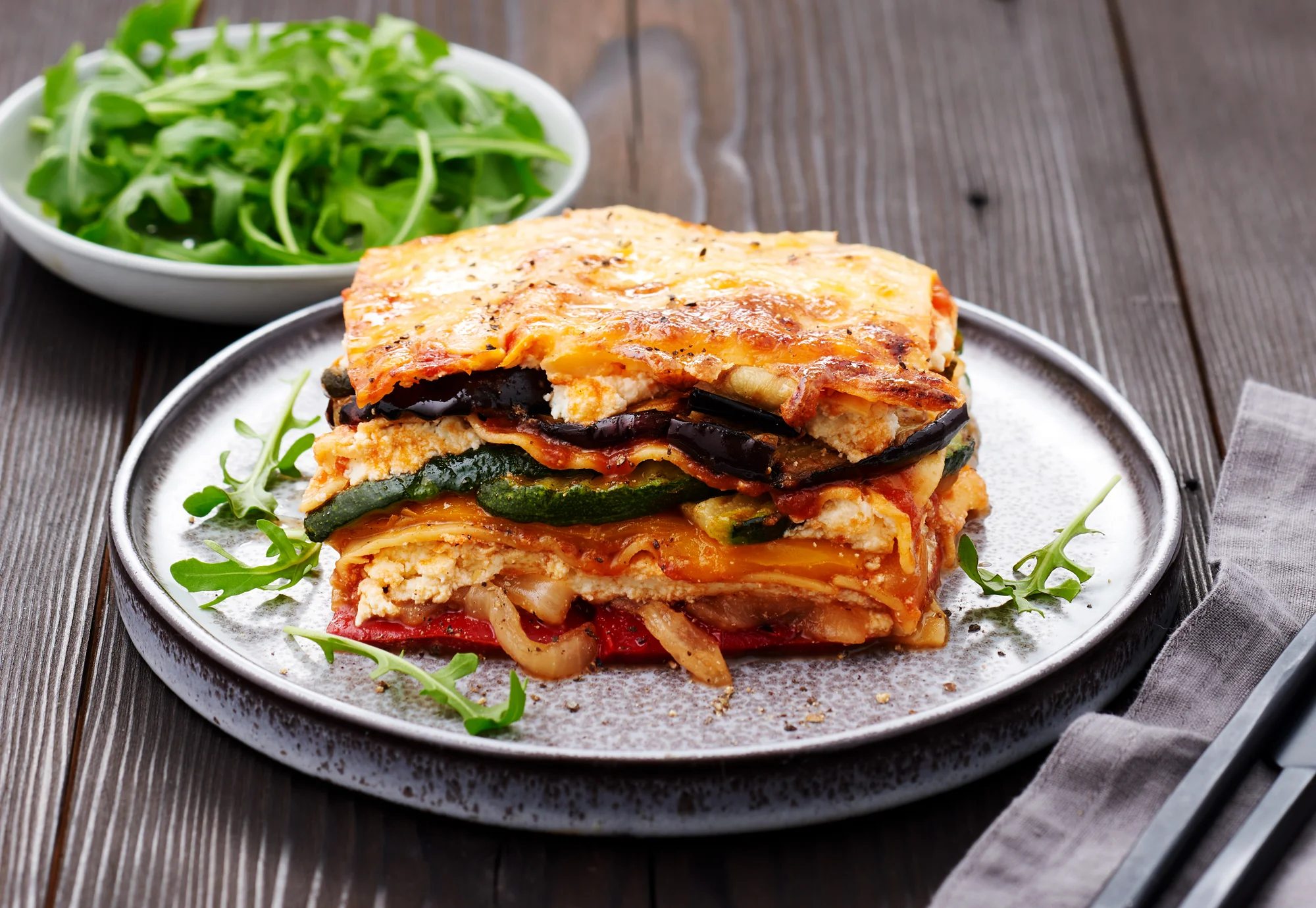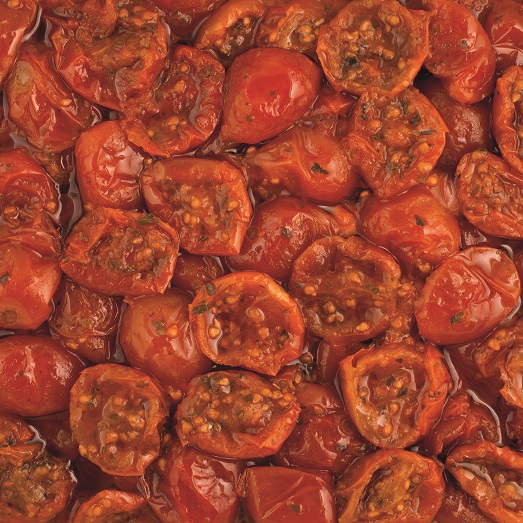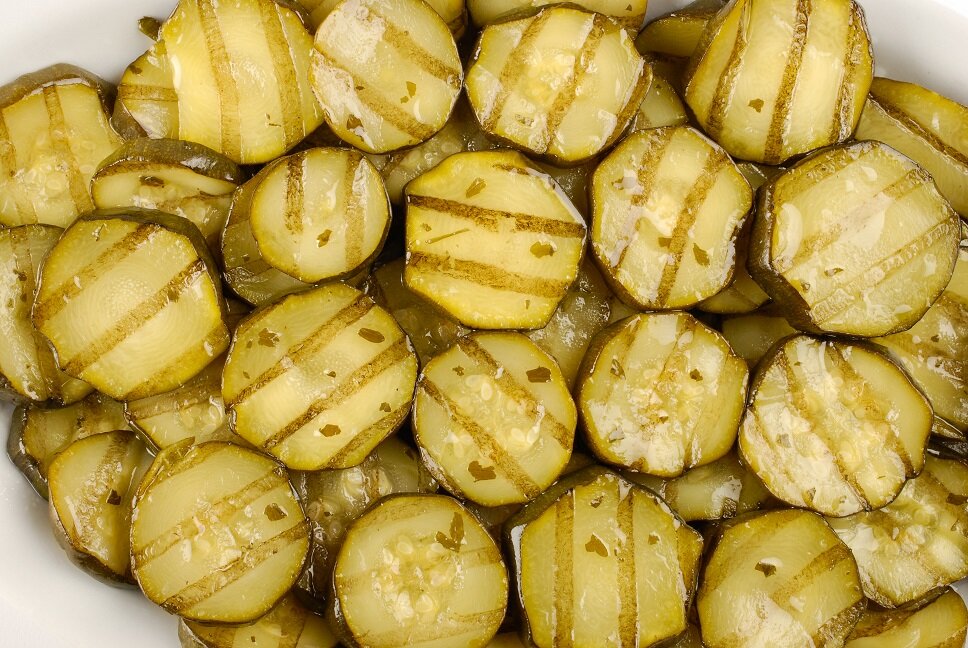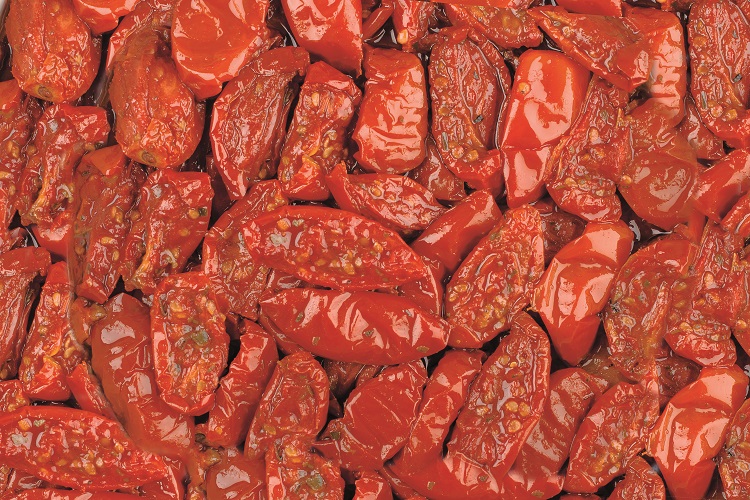Expert advice to make sure your pasta and sauce presents at its peak
Pasta dishes have long been popular in Australia and today they can be found across the spectrum of foodservice from takeaways and cafes to pubs, bistros, clubs and high end restaurants. Adept chefs have taken this traditional Italian cuisine and adapted it to create new twists on an old favourite – with fusion dishes, innovative sauces and ingredients and fresh presentation styles.
While pasta meals will doubtless continue to evolve, there are some elements which will remain the same. One of the most important is the need to ensure the taste and texture of the dish by choosing good quality pasta and neither undercooking nor overcooking it.
Though it’s also available in fresh and frozen varieties, dried pasta is the most commonly used form due to its long shelf life and convenience of ambient temperature storage. Most chefs will double-cook pasta – i.e. cook it three-quarters of the way, then finish it off at a later stage of service – and for this reason it’s important to choose a quality pasta that’s been optimised for professional use.
“When you use a quality pasta, the finished meal will always be higher quality as a result,” says Fabrizio Vetrano, National Business Manager, Foodservice for leading Italian pasta manufacturer Barilla, whose SOC (Selezione Oro Chef) pasta range is made with a higher protein formulation for double cooking in the commercial kitchen.
Fabrizio offers a number of guidelines to follow to ensure your pasta presents and tastes at its best. “It’s essential to use enough water and never put oil in it – just salt. Oil and water separate so you’re just wasting your oil, and when you pull the pasta out you’ll get an oily residue on it which stops it from mixing well with sauce. Our recommendation is to use 7g of salt per litre of water and 1 litre of water for every 100g of pasta.”
Another important piece of advice is never to rinse the pasta once you’ve taken it off the heat. “Rinsing pasta washes away all the goodness. You should drain it and if you’re precooking place it in a gastronome to cool it quickly, then put it in the fridge or coolroom. After it’s been cooled you can add oil to keep it separated and ready for re-use, but not before.” Fabrizio says it’s easy to identify if you’re using a quality pasta – “when you cook it, the cooking water should stay clear. It shouldn’t bubble or get foamy, which indicates the release of the protein into the water. When you’re using a high quality pasta – and assuming you’ve got the water to pasta ratio correct – then the protein will stay within the pasta and the water will stay clear as it cooks.”
In addition to regular dried pasta, you can also consider using egg pasta which delivers similar quality and mouthfeel to that of fresh pasta. Gluten free pasta is also now becoming more widely available.
All Barilla’s pasta is manufactured in Italy and the range offers upwards of 30 varieties including gluten free and egg pasta. It has just launched a selection of legume pastas made from 100 per cent chickpea or red lentil flour – these are available in retail packs in Coles and Woolworths and also to the foodservice market.
“The legume pastas do taste different but they are nutritional powerhouses. Legumes are naturally gluten free and very nutritious, full of fibre and plant-based proteins and of course they’re vegan friendly too. For those customers wanting gluten free meals, these are much more nutritious than standard gluten free pasta and the higher protein levels are appreciated by everyone.”
Another key element of preparing the perfect pasta meal is to ensure a flavoursome sauce that presents as attractively as it tastes. These tend to be either tomato or cream based. In the case of the latter, preparation problems can arise when working with conventional dairy cream at high temperatures over extended periods. When adding acidic ingredients such as white wine or lemon juice, the composition of the cream naturally begins to break down and you get splitting, curdling or separation.
Anchor culinary cream
The solution is to use a pre-reduced product like Anchor Extra Yield Culinary Cream, which won’t split or separate. Not only does it emulsify and blend in with the other ingredients, the fact that it’s pre-reduced also saves valuable preparation time. Conventional creams need to be reduced for some time to bring them up to the right coating consistency.
Pre-reduced culinary cream takes far less time to reach the right consistency so you can prepare your pasta sauce faster and without the need for an extended observation period, freeing up staff to get on with other work. With a yield of up to 30 per cent more than conventional thickened cream, Anchor Extra Yield is also a more economical choice.
While Napoletana pasta sauce is typically made using tomatoes and without cream, a cream based pasta sauce is also often enhanced with added tomato for flavour and colour. Which type of tomatoes you choose depends on the type of sauce you’re making. For that reason, suppliers such as Riviana Foodservice offer a variety of types for different applications.
“If you’re making a Napoletana sauce which is the traditional accompaniment for penne or spaghetti, then Riviana Chunky Crushed Tomatoes is your best choice, as it will provide you with a thick coating that offers more texture,” says Riviana Senior Product Manager Carolyn Plummer. “If you’re making a cream based sauce you might use sun-dried or semi-dried tomato to add colour. Riviana has also just introduced Chunky Roasted Cherry Tomatoes which have quite a sweet flavour profile with the fullness of a cherry tomato.”
Charred Vegetable Lasagne using Edgell’s chef’s grill chargrilled vegetable range
Pasta has long been popular on the vegetarian menu as many traditional Italian pasta recipes are meat free. Innovative chefs are constantly experimenting to find new spins on classic pasta dishes and ways to use contemporary products as time-saving ingredients.
A good example is Charred Vegetable Lasagne, one of the recipes developed by Simplot Australia to showcase the Edgell’s Chef’s Grill chargrilled vegetables range. The recipe uses five different chargrilled vegetables from Edgell’s Chef’s Grill – Eggplant Slabs, Zucchini Slabs, Red Capsicum Cheeks, Yellow Capsicum Cheeks and Sliced Onion – to create a vegetarian lasagne with distinctive flavour and mouthfeel.
Recipes like this are a simple and labour-saving way to create a point of difference on the menu – in this case the arduous task of chargrilling the vegies has been done for you, and they come frozen and not packed in oil or vinegar as is usually the case.
Another important element not to be overlooked in preparing the perfect pasta is your choice of cheese - often a key ingredient whether within the sauce or as an accompaniment to the main body of the dish.
A quality feta or creamy ricotta will do much to enhance your pasta dish, and a sprinkling of parmesan is for many consumers the perfect complement to the meal once served. You can read about about the distinctive qualities of these cheeses in our article on their application on pizza in this issue’s IGNITE.













